Sunscreen protects your skin so you can enjoy the great outdoors. But in the last decade, we’ve learned that some of the chemicals used in common sunscreens are damaging the very outdoors we’re enjoying. Some vacation destinations, such as the state of Hawaii, have banned sunscreens with ingredients that damage coral reefs and local wildlife in favor of reef-safe sunscreens. However, reef-safe sunscreen is more than safe for reefs. They’re also safer for you and your family.
How does sunscreen damage reefs?
Imagine a relaxing vacation scenario. You’ve hit the beach on a beautiful sunny day. Before leaving your hotel room, you make sure to cover yourself and your family from head to toe with SPF 30 (or higher) sunscreen. You’re ready to reapply every couple of hours while you snorkel and take in the wildlife and waves.
Unfortunately, all that sunscreen doesn’t stay on your skin, even when applied as directed. Small mounts get washed off into the water. You may get out of the water and shower on the beach or back at your home or hotel room. That water may also enter the ocean eventually. The chemicals that directly wash off into the water or through a secondary source build up and affect reefs and wildlife in and around them.
The chemicals enter the reef's cells and contribute to bleaching, birth defects in sea urchins and mussels, and disrupt the growth of algae. The death of these ecosystems destroys valuable habitats, disrupts food chains, and destroys tourist attractions that support local economies.

How do I know if sunscreen is reef-safe?
There are two broad categories of sunscreens—chemical and physical. Chemical sunscreens are the formulas that damage reefs.
Chemical sunscreen
Chemical sunscreens, which absorb UV rays, are the big offenders when it comes to reef and ecosystem damage. They contain chemicals like:
- Octocrylene
- Octinoxate
- Oxybenzone
Chemical sunscreens aren’t just bad for reefs. They’re bad for people too. Oxybenzone and octinoxate have been shown to enter the bloodstream and stay present for days or weeks after use and can impact the endocrine system. These chemicals have been found in breast milk, urine, and various body tissues.
Many of these chemicals are not as effective as physical sunscreens. Consequently, chemical sunscreens are typically made with several potentially harmful chemicals to boost their sun protective abilities.
Physical Sunscreens
Physical sunscreens have ingredients like zinc oxide and titanium dioxide to coat the skin and reflect UV rays, preventing them from penetrating the skin. They don’t absorb into the bloodstream like chemical sunscreens.
In the past, physical sunscreens may have felt heavy or left a white residue on the skin, which are two of the reasons that chemical sunscreens became more widely used. However, physical sunscreens have come a long way. Lightweight formulas that quickly absorb into the skin are a safer option for people and the environment.

SkinResourceMD’s Essential Solar Protector is an SPF 47 broad-spectrum sunscreen that blocks UVA and UVB rays. It contains both titanium dioxide and zinc oxide, easily blends into the skin, and doesn’t leave a sticky residue. It’s scent-free and contains moisturizers to help the skin maintain its natural hydration levels while you enjoy the sun.
Some physical sunscreens can leave a slight white cast. If you’re worried about looking pale, Hyaluronic Facial Solar Protector contains iron oxide to add a flesh-colored hue while protecting the skin from UVA and UVB rays with titanium dioxide and zinc oxide. This particular formula also contains hyaluronic acid, a water-loving ingredient that attracts moisture and helps hydrate the skin. It can be used as a foundation or to even the skin tone while protecting the skin from the sun.
Sun protection beyond sunscreen

When UV rays penetrate the skin, they break the bonds between skin cells, leading to premature aging, lines, and visible wrinkles. Sunscreen is an excellent (and necessary) first defense, but it’s not, nor should it be, the only way you protect yourself from the sun. You can also:
- Avoid the outdoors from 10 am to 2 pm when the sun’s rays are the most direct
- Wear long sleeves, pants, and a hat
- Seek shade when you can (though shade can’t protect you from all UV rays)
- Use umbrellas
- Wear UV sunglasses to protect your eyes
A change for the better

The shift from chemical to physical sunscreens is healthier for people and the environment. Today’s physical sunscreens aren’t the sticky, bright white goop you remember from the past. SkinResourceMD’s sunscreens provide SPF 44 or 47 protection, blend quickly and easily into the skin, and leave your skin feeling natural.


